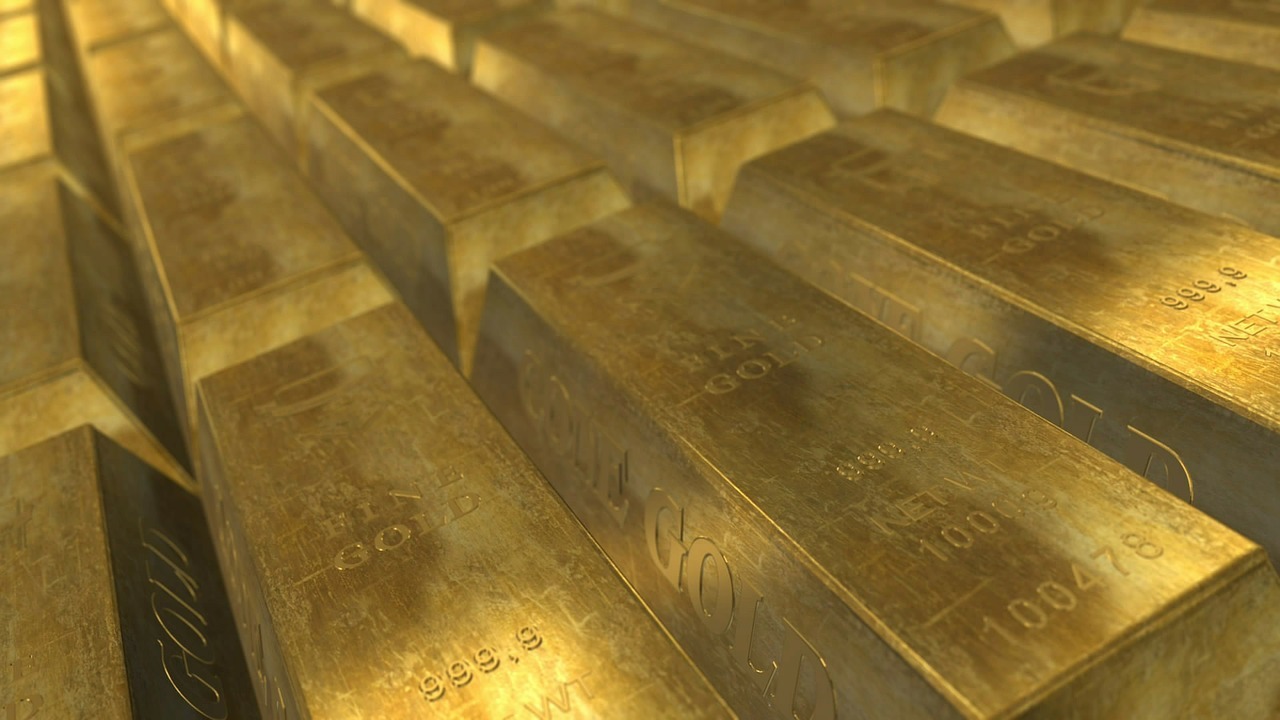Leeds scientists create ‘nanoseaweed’, a gold so thin it’s technically 2D
Although the name ‘nanoseaweed’ may imply something biological and aquatic in nature, it’s actually the name of a new form of gold (so-called because it looks green and jagged under the microscope). Created by scientists at the University of Leeds, this gold is the thinnest form ever created – it’s so thin, it’s technically considered two-dimensional. What is this material, and what are its potential uses?
The researchers made the nanoseaweed by combining a solution called methyl orange with a cocktail of other chemicals, including watery mixtures of gold and sodium, sodium citrate and chloroauric acid (which is widely used in gold refining processes). Methyl orange is normally used as a pH indicator, but its purpose here was as a confinement agent, used to limit the growth of the gold. This mixture was then spun in a centrifuge, and the gold was separated out into leaves that were only two atoms thick.
The researchers made the nanoseaweed by combining a solution called methyl orange with a cocktail of other chemicals, including watery mixtures of gold and sodium, sodium citrate and chloroauric acid
That gives it a thickness of 0.47 nanometres – to put that into context, it’s one million times thinner than a human fingernail, and only one-fifth the thickness of the diameter of a strand of human DNA. The previous reported thinnest unsupported 2D gold nanosheets had a minimum thickness of 3.6 nanometres, so this nanoseaweed is markedly thinner.
And this lack of thickness is very important because of the properties it grants the material. Stephen Evans, co-author of the study and head of the Molecular and Nanoscale Physics Group at the University of Leeds, said: “Gold is a highly effective catalyst. Because the nanosheets are so thin, just about every gold atom plays a part in the catalysis. It means the process is highly efficient.”
It’s one million times thinner than a human fingernail, and only one-fifth the thickness of the diameter of a strand of human DNA
Gold is already used as a catalyst to speed up chemical reactions, and the extreme thinness of nanoseaweed means that every atom available for catalysis is exposed on the surface of the sheet. This is important for both its scientific and economic benefits. Evans said: “Our data suggests that industry could get the [catalysing] same effect from using a smaller amount of gold, and this has economic advantages when you are talking about a precious metal.” The team have already demonstrated that the nanoseaweed is 10 times more efficient than gold nanoparticles used for the same catalyst purposes.
The material has been touted for its potential uses in medicine and electronics. Since the flakes are flexible, they could help create better bendable screens, electronic inks and transparent displays, for example. In medicine, the nanoseaweed could also be used in rapid diagnostic tests or water purification systems, and to potentially improve the gold compounds used in cancer treatments.
The material been touted for its potential uses in medicine and electronics. Since the flakes are flexible, they could help create better bendable screens, electronic inks and transparent displays, for example
However, there’s a further avenue to consider – the fabrication process itself could change the state of nanomaterial manufacturing. According to Sunjie Ye, nanophysicist at Leeds and the study’s lead author: “Our synthesis strategy opens new avenues to the bottom-up preparation of ultra-thin 2D metal nanostructures with enhanced performance and multiple functionalities, which would potentially extend our understanding of the underlying fundamental science and may lead to the unveiling of unprecedented phenomena and properties.”
Although nanomaterials have existed for a while, the potential new applications of nanoseaweed and the future materials that could be developed with this process mean that the field could change in ways that we haven’t yet imagined.

Comments